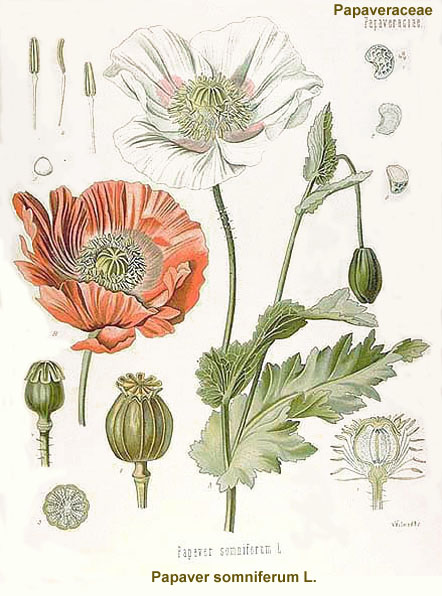
Cerebral malaria is a severe type of malaria that affects the brain and the central nervous system. If not treated immediately, this rapidly developing brain disease can cause considerable damage to the brain, and prove fatal within 24 to 72 hours. Though malaria is quite a common disease that affects millions of people around the globe, cerebral malaria is not so common. it has been observed that only 20 to 25% of the cases of malaria progress to cerebral malaria. it is caused by the parasite Plasmodium falciparum, which is injected into the human body by the bite of the infected female anopheles mosquitoes.
Apart from Plasmodium falciparum, there are three other types of plasmodium parasites that can cause milder form of malaria in humans and they are known as, Plasmodium malariae, Plasmodium vivax and Plasmodium ovale. Cerebral malaria occurs when the infected and non infected red blood cells collect in the tiny capillaries or blood vessels that supply blood to the brain. this can damage these blood vessels and disrupt the supply of blood, oxygen and nutrients to the brain. this malaria can also cause the development of ring like lesions in the brain. below here is a brief discussion about cerebral malaria symptoms and treatment.Signs and Symptoms
The typical malaria symptoms can be observed in the case of cerebral malaria as well. these symptoms are, high fever with chills and shivering, sweating, headache, nausea and vomiting, abdominal pain and diarrhea. in the initial stage, known as ‘cold stage’, the patient experiences chills and shivering for 1 to 2 hours, which is then followed by the ‘hot stage’, characterized by high grade fever (about 107 degree Fahrenheit) lasting about 3 to 4 hours. The third stage is the ‘wet stage’, where the patient experiences profuse sweating for about 2 to 4 hours.
A drop in blood pressure, muscle pain and changes in posture can also be observed in cerebral malaria patients. this malaria can cause the intracranial pressure to rise. because of this parasitic infection, the red blood cells of the body may break down at a quicker pace, which can manifest in problems like, hemorrhage, anemia, enlarged spleen and liver, jaundice and blood in urine. As this malaria affects the brain, it can produce several neurological symptoms as well. such symptoms can include, confusion, delirium, seizures, convulsions, paralysis in one side of the body and impaired consciousness. The condition can eventually lead to coma that can last for 24 to 72 hours. TreatmentCerebral malaria calls for immediate medical intervention. The treatment of this malaria involves the administration of quinine, a drug obtained from the bark of the Cinchona tree. this drug can disrupt the enzymatic digestive processes of the parasites. Another drug that is employed for the treatment of this parasitic infection is, Coartem, which contains artemether and lumefantrine. Artemether is obtained from ‘arteminisin’, which is a natural compound used in Chinese traditional medicine for the treatment of malaria and fever. Lumefantrine, on the other hand, is an antibiotic.
Apart from these, certain other medications such as, anti seizure and anticonvulsant medications can be required for controlling the symptoms of cerebral malaria. If the patient is in coma, then it is very important to take adequate measures to keep the airways open. also important is to closely monitor the fluid intake, urine output, as well as the blood sugar level and the concentration of sodium in the body of such patients.
So, this was a brief overview of what is cerebral malaria, its symptoms and treatment. Prompt treatment of this malaria can help to prevent several complications associated with it. What is more interesting is that almost 90% of patients who recover from this malaria do not have any residual neurological problems, despite the fact that the disease affects the brain. so, cerebral malaria can be treated effectively, if the symptoms of this condition are recognized early, and then brought under the notice of a certified health care provider.